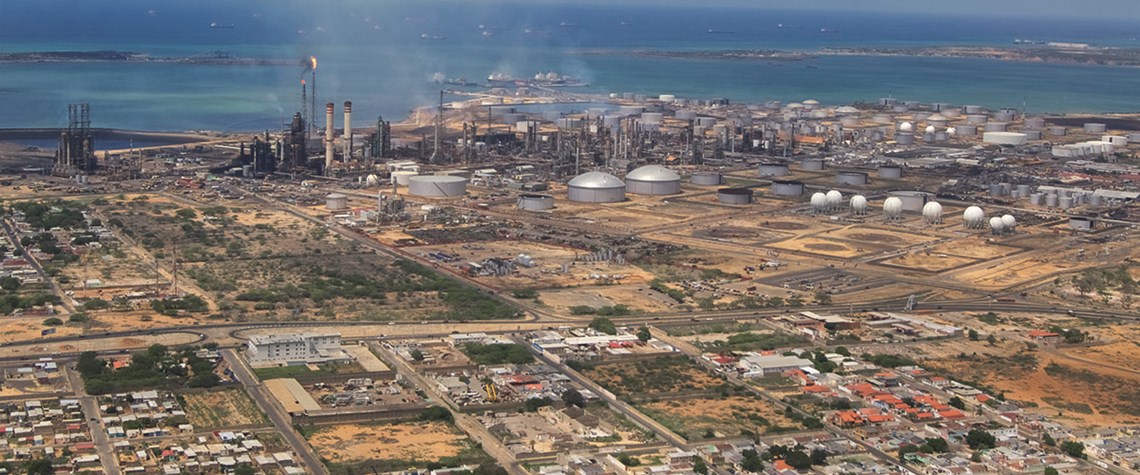Latin America's continental contraction
The region has seen a decade of surging crude consumption come to a crashing halt. Refining woes mean imports are still on the rise
For most of the world, the economics of fuel demand are fairly straightforward. When oil prices fall, consumers take advantage and burn more of the stuff. As fuel prices fell in the US, drivers almost immediately started hopping back into gas-guzzling SUVs and rekindled their love of the great American road trip. Drivers across Europe, China and elsewhere have also taken advantage of cheaper pump prices, fueling strong global demand growth. In Latin America's commodity-dependent economies, though, that calculus is flipped on its head. Crashing prices for crude and other raw materials have inflicted economic pain across the region, hitting hard an emergent middle class that was behind a decad

Also in this section
5 August 2025
After failed attempts to find a buyer for its stake in Russia’s largest oil producer, BP may be able to avoid the harsh treatment meted out to ExxonMobil and Shell when they exited—and could even restart operations if geopolitical conditions improve
1 August 2025
A number of companies have filed arbitration claims against Gazprom over non-deliveries of contracted gas or other matters—and won. The next step is to collect the award, but this is no easy task
1 August 2025
Europe’s refining sector is desperately trying to adapt to a shifting global energy landscape and nowhere is this more apparent than in its largest economy
1 August 2025
The Middle East natural gas playbook is being rewritten. The fuel source offers the region a pathway to a cleaner, sustainable and affordable means of local power, to fasttrack economic development and as a lucrative opportunity to better monetise its energy resources.








